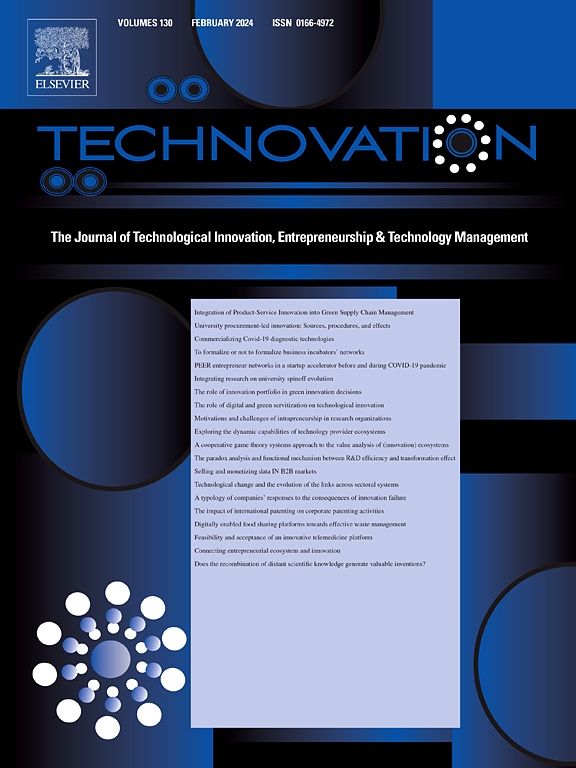先见设计的科学幻想是由什么构成的?
IF 11.1
1区 管理学
Q1 ENGINEERING, INDUSTRIAL
引用次数: 0
摘要
本文研究了科幻小说(SciFi)叙事的特点,这些叙事是由作者想象并专门为赞助组织的预期方法而制作的。文章基于对 38 篇科幻叙事的研究,这些叙事是为国防部门的参与者设计的。根据 Istvan Csicsery-Ronay 的研究成果,对每篇叙事进行了分析,并对被认为具有科幻特征(或 "科幻小说之所以是科幻小说")的七个属性的存在(或不存在)进行了编码。研究结果表明,作者采用的写作策略多种多样。七种属性的组合很少重复出现;不过,有些属性并不占主导地位,而是非常突出。这项研究开启了关于科幻如何构想和理解未来与新奇的讨论。然而,本研究并不试图对这些科幻属性或所创作的叙事利用这些属性的方式进行精确定性,也不衡量这些属性的使用强度。此外,它仅限于研究一个特定领域,即国防领域。因此,在使用研究结果时需要保持一定的警惕性。不过,这些研究结果确实能够提出一份实用的科幻属性(及其组合)清单,这些属性被认为对展望活动有用--这是开始打开这个黑盒子的必要步骤,即如何设计科幻以用于展望活动,进而用于创新管理。本文章由计算机程序翻译,如有差异,请以英文原文为准。
What are foresight-designed science fictions made of?
This article studies the characteristics of science fiction (SciFi) narratives imagined by authors and produced specifically to serve the prospective approaches of sponsoring organizations. It is based on a study of 38 SciFi narratives designed for actors within the defense sector. For each narrative, the analysis results in the coding of the presence (or absence) of seven attributes considered characteristic of SciFi (or "what makes science fiction science fiction"), based on the work of Istvan Csicsery-Ronay. The results demonstrate the wide diversity of writing strategies employed by authors. Few combinations of the seven attributes recur; nevertheless, without being dominant, some stand out. This study opens discussions on how SciFi conceives of and apprehends the future and novelty. However, this exploration does not seek to precisely qualify these SciFi attributes or the way in which the narratives produced draw on them, nor does it measure the intensity of their use. Additionally, it is limited to the study of a specific sector, that of defense. A certain amount of vigilance is therefore called for in the use of the findings. They do, however, make it possible to propose a practical list of SciFi attributes (and their combinations) deemed useful for prospective purposes—a necessary step to begin opening this black box of how SciFi can be designed for foresight activities and consequently for innovation management.
求助全文
通过发布文献求助,成功后即可免费获取论文全文。
去求助
来源期刊

Technovation
管理科学-工程:工业
CiteScore
15.10
自引率
11.20%
发文量
208
审稿时长
91 days
期刊介绍:
The interdisciplinary journal Technovation covers various aspects of technological innovation, exploring processes, products, and social impacts. It examines innovation in both process and product realms, including social innovations like regulatory frameworks and non-economic benefits. Topics range from emerging trends and capital for development to managing technology-intensive ventures and innovation in organizations of different sizes. It also discusses organizational structures, investment strategies for science and technology enterprises, and the roles of technological innovators. Additionally, it addresses technology transfer between developing countries and innovation across enterprise, political, and economic systems.
 求助内容:
求助内容: 应助结果提醒方式:
应助结果提醒方式:


